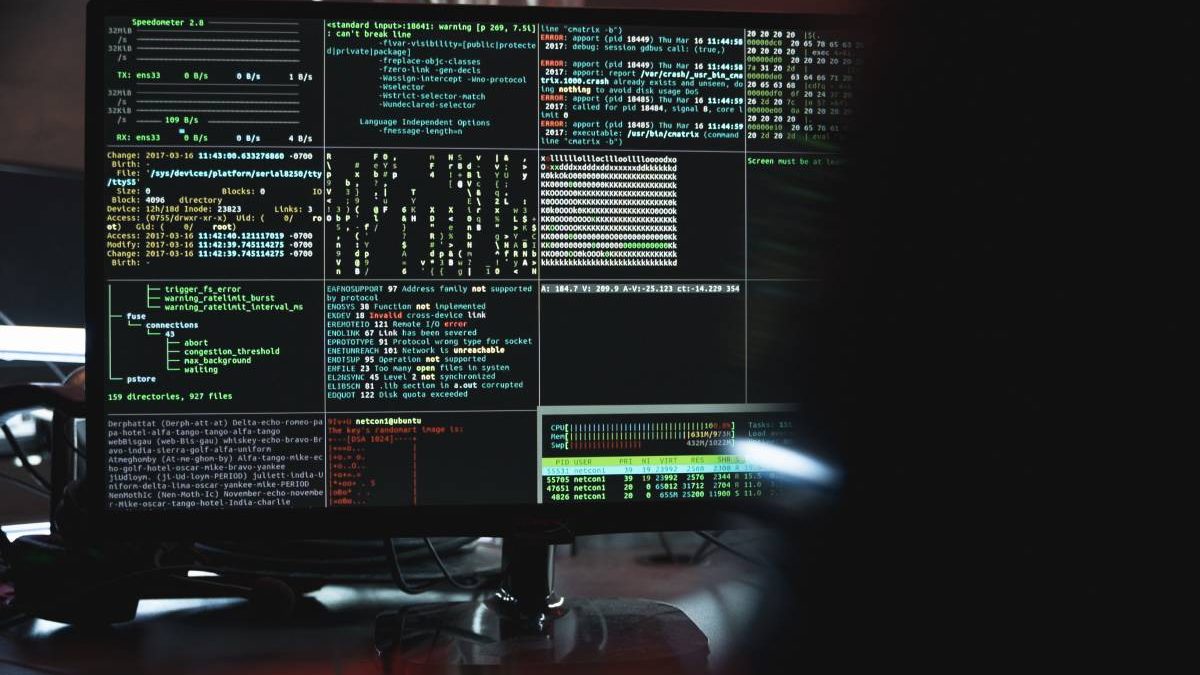Computer Up to Date – Installing the latest updates on your Computer is one of the essential measures to protect your information and prevent failures. Use our controller to find out how to upgrade your PC.
Table of Contents
How to Keep your Computer up to Date
While all new versions of major operating systems include more and more maintenance tasks that run automatically, you still need to perform some tasks to keep your Computer up to date. An updated computer will allow you to run the newest programs without a problem.
It is also essential to keep your Computer up to date to protect yourself from viruses and any other type of malware. Hackers are continuously watching for new ways to sneak viruses and install adware or spyware into your Computer’s Operating System and applications.
Software companies keep hackers at bay by releasing new updates for their products. It is essential to install these updates to ensure that your Computer continues to run safely and efficiently.
How to Upgrade your Microsoft Windows Computer
Windows 10 is one of the flexible systems to update. Windows Update, located in the System and Security area of the Control Panel, cannot be turned off. Its function is to install updates for Windows and some other applications automatically. Suppose you want to make sure your software version is the latest. In that case, you can manually check for updates by clicking the Windows icon and selecting Control Panel, System and Security, and Windows Update. Click Check for Updates to manually check if an update is available.
The process is the same for older versions of Windows, but you must ensure you haven’t turned off Windows Update. If you get a message telling you to install an update, do so.
Be sure to restart your Computer when prompted; it is an essential step in the installation process. If you wait to restart your Computer, many tasks may accumulate, and the restart may take longer. Some updates can only be fixed after others, so if you haven’t restarted your Computer in a long time, your Computer might stop checking for updates.
Software Antivirus
You should always have some form of antivirus software running. This software will check for updates and keep your Computer safe. There are many types of antivirus software, such as antispyware, anti-adware, and antimalware. The important object is to install software that automatically checks for updates to keep your Computer safe from malware.
App Updates
Make sure to enable automatic updates when you install any app. This way, you get the latest versions, protected against any known vulnerabilities that hackers can exploit.
If you don’t see the option to enable automatic updates, check the provider’s website from time to time for updates. Never click on links sent via email, as they may not come from the seller and may contain malware or phishing attempts.
Driver Updates
A driver is a software component that tells a specific hardware component how to function. Drivers are usually updated automatically, but if you’re experiencing problems with any hardware, check the vendor’s website for driver updates and download any recommended ones.
To find out the thorough name of the hardware component, click the Windows icon, select Control Panel, then Hardware and Sound, and click Devices and Printers. You resolve to see a window with all the hardware elements installed on your Computer.
How to Fix Performance Issues
If you’ve updated your Computer’s Operating System, applications, antivirus software, and drivers and your Computer still has performance issues, try these options.
You Need to Restart your PC
It’s easy to leave your PC always on; everything you do will be ready when you sit in front of the Computer again. But leaving it always running can create slow response times. With the reboot, forgotten apps running in the background are closed, and the cache is cleared. Rebooting can also trigger updates and parks that require a reboot.
Make sure to restart your Computer correctly. Go to the Start set menu and select Restart or Shut down.
Too Many Apps and Tabs Open
Browser apps and tabs consume a significant amount of RAM resources, even if you are not doing anything in these apps or accounts. To combat this, if you don’t need them, reconfigure the applications that start automatically when you first boot your Computer, so they don’t open and close browser tabs you aren’t using.
If you are using Microsoft ® Windows ®, you can view the applications that are using memory as follows:
- Grip down the Ctrl + Alt + Delete keys at the similar period
- Select Task Manager
- Open the Processes tab
See the programs that use the most resources and decide which ones you can close. Be careful which processes you close, as this could affect important tasks your Computer is running in the background.
The Hard Drive is Corrupted or Fragmented
Hard drives can be corrupted for various reasons, such as force shutdowns (pressing the power button while the Computer is running). Follow these steps to check if your hard drive is corrupted:
Click Start, select Computer, right-click your hard drive, and choose Properties
Under Error Checking, click Tools, and click Check Now…
The Check Disk dialog box appears. Select both options and click Start
Click Schedule Disk Check
Close all open programs and start over your Computer. The Check will take some time to complete, so don’t forget to keep your PC turned on and connected to a power source.
Not Enough RAM
It is possible to increase the speed of many computers simply by adding more memory (RAM). To get how much memory your Windows computer has, do the following:
- Click Start and select Control Panel
- Select System and security and then select View amount of RAM and processor speed under System
- The amount of installed Memory (RAM) will be displayed.
A memory (RAM) upgrade is a perfect and easy solution to improve responsiveness, how fast applications run, and the ability to multitask. Since virtually all operations on a computer depend on memory, it is essential to have enough RAM to be able to respond when more memory is needed. For this reason, upgrading memory is one of the best ways to improve a PC’s performance.
Your Computer should now be updated with the latest apps and games versions. This will help you not only to run programs faster but also to surf the Internet with greater security.
Also Read: Why are Secondhand iPhones So Expensive?
Related posts
Featured Posts
Artifact – Brief Explanation
What is an Artifact? An Artefactos, also known as an Artifact in English, is an object, machine, or device whose…
Web Server – Brief Explanation
About Web Server Web servers are programs (software) used daily on the Internet. They intermediate between the server on which…



